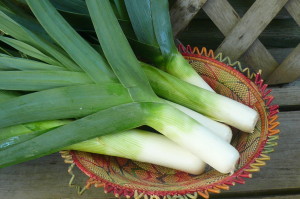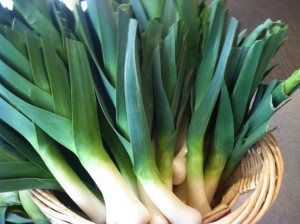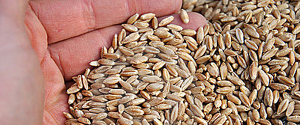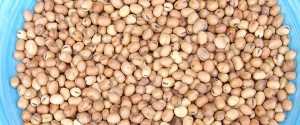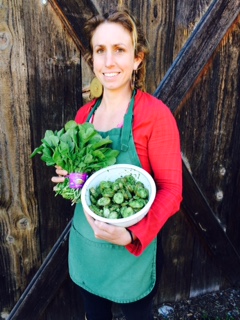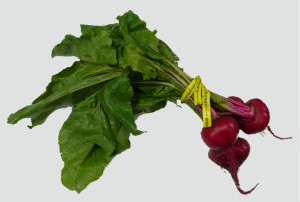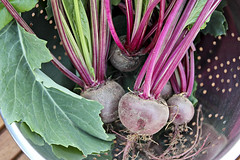2 leeks
3 tablespoons extra virgin olive oil
3 garlic cloves, peeled and minced
3 tablespoons cilantro, finely chopped, plus more for garnish
Salt and pepper to taste
2 tablespoons salt
Trim the dark green ends of the leeks, leaving only the light green and white ends. Rinse leeks well (cut in half lengthwise and rinse in between layers). Slice the leeks into 2-inch chunks.
In a small frying pan, heat olive oil to hot but not smoking. Turn down the heat and add garlic and cook just until fragrant, about 30 seconds. Add cilantro and cook another 30 seconds. Season lightly with salt and pepper. Remove from heat.
In a medium saucepan, bring 8 cups water to boil. Salt the water with 2 tablespoons salt. Add leeks to the boiling water and reduce heat to simmer. Poach until leeks are just tender to bite, about 4 minutes; do not overcook.
Drain the leeks and add them to the olive oil mixture, stirring gently to coat the leeks completely. Serve immediately, garnished with more cilantro.
Recipe adapted from Food52.com.
Have you tried this recipe? Tell us how it turned out!

